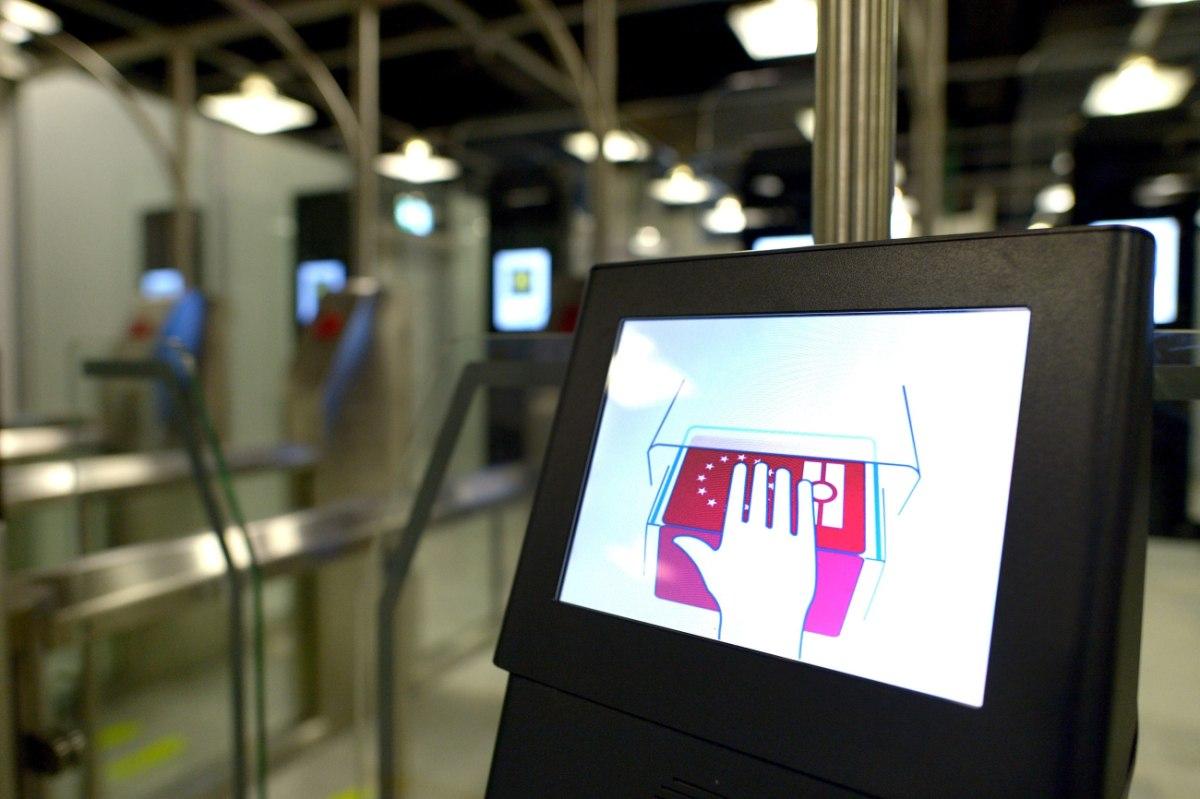Starting October 12, 2025, the European Union will launch the Biometric Entry/Exit System (EES) — a new digital border control mechanism that will fully replace traditional passport stamps with automatic registration of fingerprints, facial images, and border-crossing data.
This marks the largest modernization of border control in the EU’s history. The new system will cover 29 countries in the Schengen Area, including 25 EU member states, as well as Switzerland, Norway, Iceland, and Liechtenstein.
At this stage, Cyprus and Ireland will retain the classic passport control procedure, while the United Kingdom will remain outside the system, as before.
The full rollout of EES is planned for April 10, 2026, when all European border checkpoints will switch to digital identification of travelers.
How the EES Biometric System Works
From now on, citizens of non-EU countries entering the Schengen Area will no longer receive a traditional passport stamp.
Instead, their data — photo, fingerprints, entry and exit dates — will be automatically recorded in a digital register.
This information will be stored for three years, simplifying future trips: upon re-entry, travelers will only undergo biometric verification, without re-entering all data.
The system applies in particular to citizens of Australia, Canada, the U.S., the U.K., and other countries that can travel to the EU visa-free for up to 90 days within any 180-day period.
Goals and Benefits of the EES
According to the European Commission, the new system will speed up border control procedures and enhance security across the Schengen Area.
EES will help to:
- Combat illegal migration;
- Prevent overstaying beyond the allowed duration;
- Simplify the work of border authorities and reduce queues;
- Improve information exchange between EU countries.
In addition, in the coming years, the EU plans to integrate EES with ETIAS — a new digital travel authorization system for visa-free travelers, which will become mandatory in 2026 for citizens of certain third countries.

Possible Delays at Launch
Despite its advantages, the first months after implementation may see longer border processing times.
The initial registration process will take a few minutes per traveler and could lead to temporary queues at border checkpoints.
European airports and land borders are preparing by installing automated terminals and developing mobile applications, allowing travelers to pre-register and thus speed up identification.
A New Era of Security and Convenience
According to European Commission experts, the EES represents a key step toward Europe’s digital borders.
It will replace the outdated stamp system and create a unified digital space of control and trust.
Travelers who pre-register their biometric data will be able to pass through border control faster and more securely, while authorities will gain tools to monitor entries and exits in real time.
Europe 2026: Digital Borders Without Queues
The full transition to the biometric system by April 2026 will be a major part of the EU’s digital migration management strategy.
According to analysts’ forecasts, by mid-2026, more than 90% of all Schengen border crossings will be processed via the EES, significantly improving the efficiency and transparency of border control.
